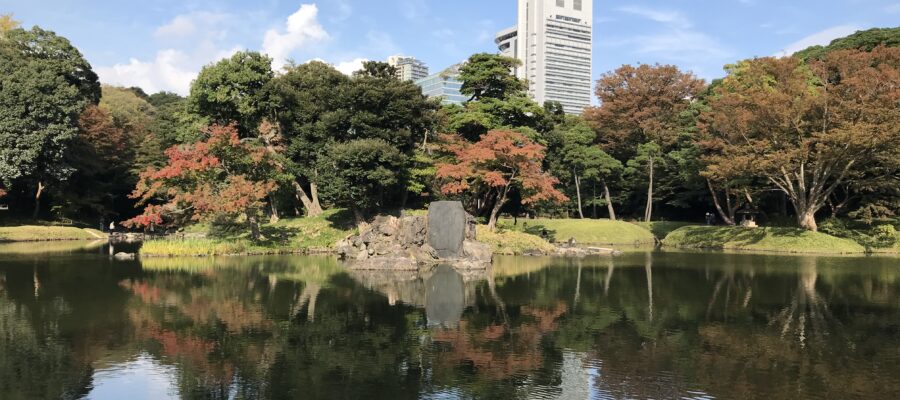大江戸線の飯田橋駅から歩いてすぐのところに、小石川後楽園の入口があります。入場に300円必要ですが、のんびりと散策するのにいい場所です。ここも池泉回遊式庭園なので、池の周りを回りながら、庭に込められた仕掛けや工夫を見ていくことにしました。
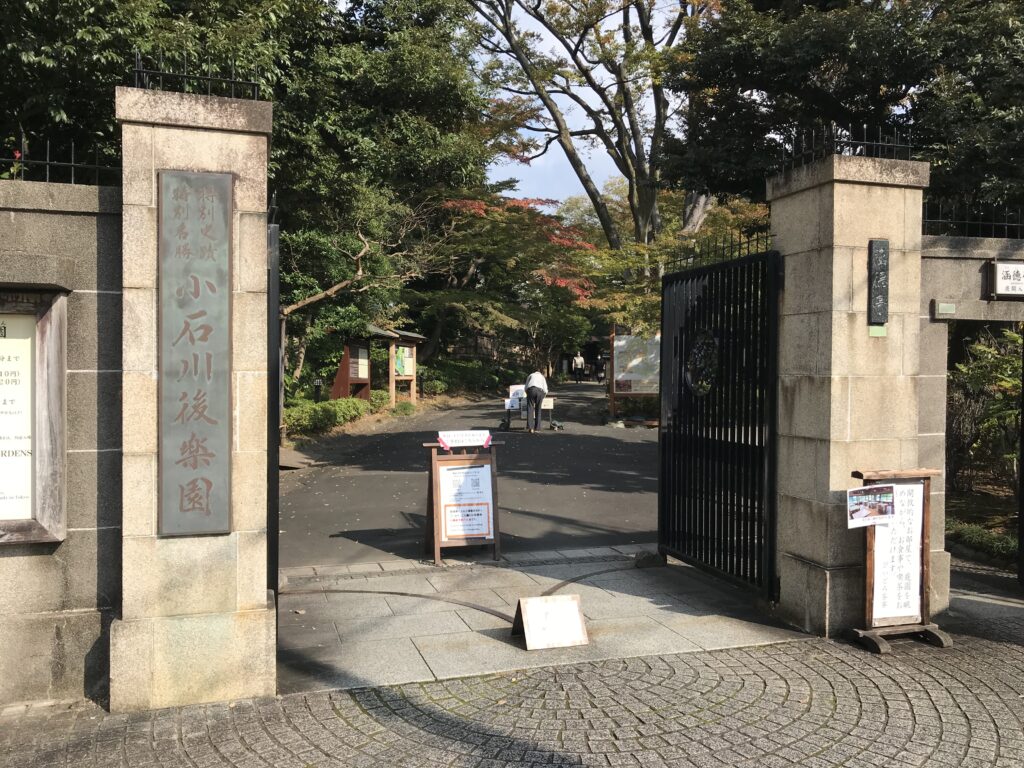
ここは水戸藩の初代藩主、徳川頼房が中屋敷を建てた場所で、庭園は2代藩主の光圀によって完成したと言われます。日本の風景や中国の名所が、庭園の中に表現されているので、今回は、それらを見つけながら歩いてみました。
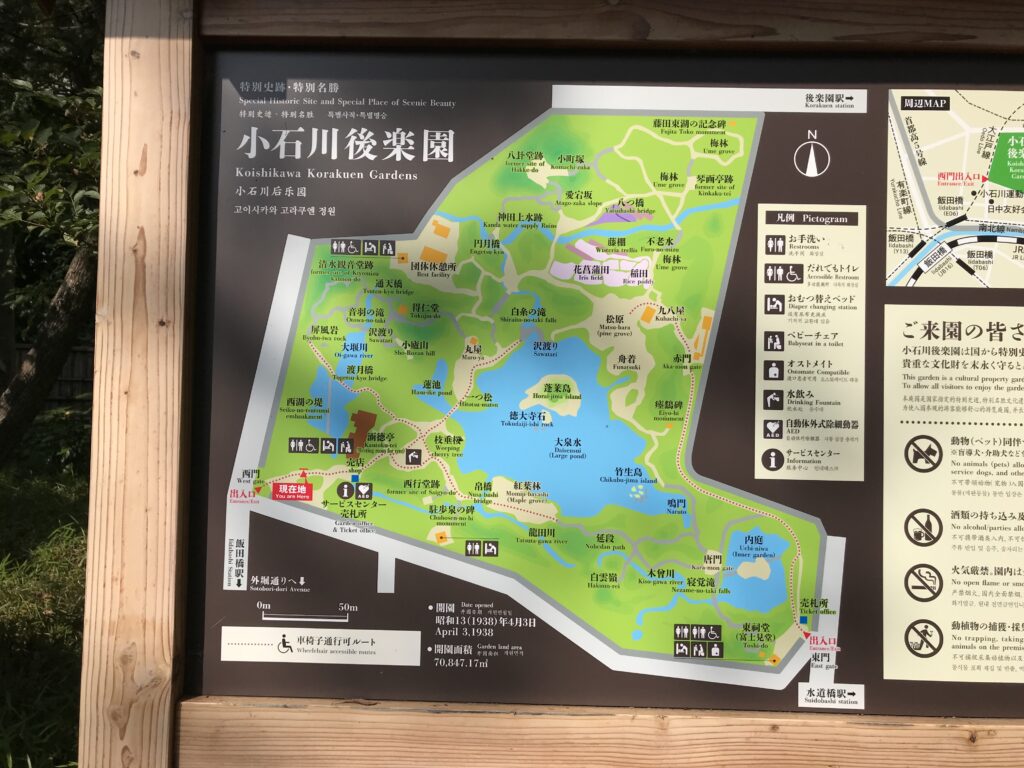
最初は、西湖の堤です。中国の杭州にある有名な堤を再現しています。実物を見たことがあり、イメージが重なります。次は通天橋。京都にある東福寺の橋で、そこから見る東福寺の紅葉が素晴らしいです。小石川後楽園を訪れたのは、まだ紅葉には早い時期でしたので、橋の上から眺めても、紅葉はありませんでした。
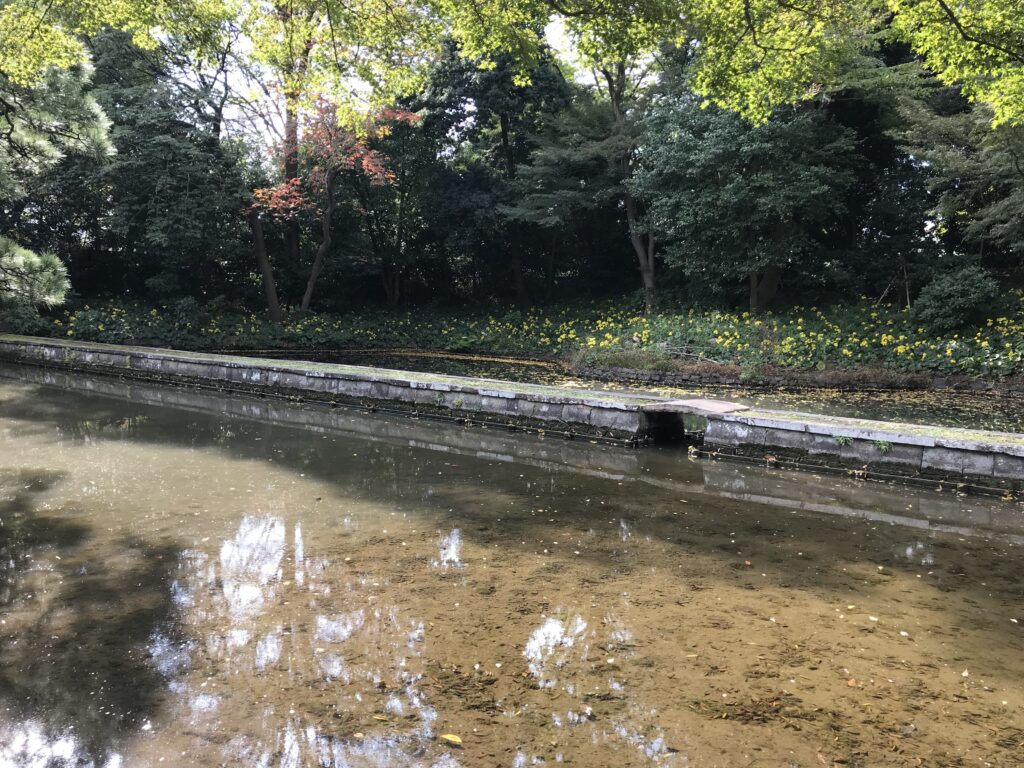
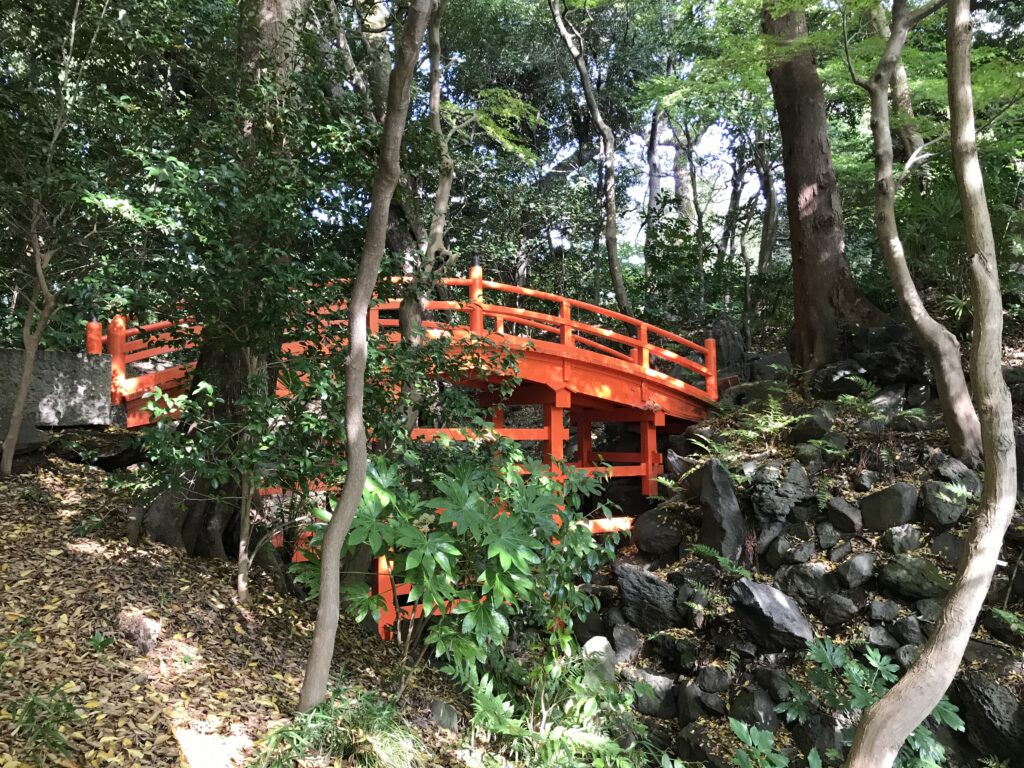
少し歩くと、円月橋に出会います。これは中国風の橋で、明の儒学者、朱瞬水の設計と言われています。そこから更に歩くと、赤門まで来ました。赤色はかなり薄くなっていますが、赤く塗られていたと思われます。東大以外で赤門を見たのは初めてでした。
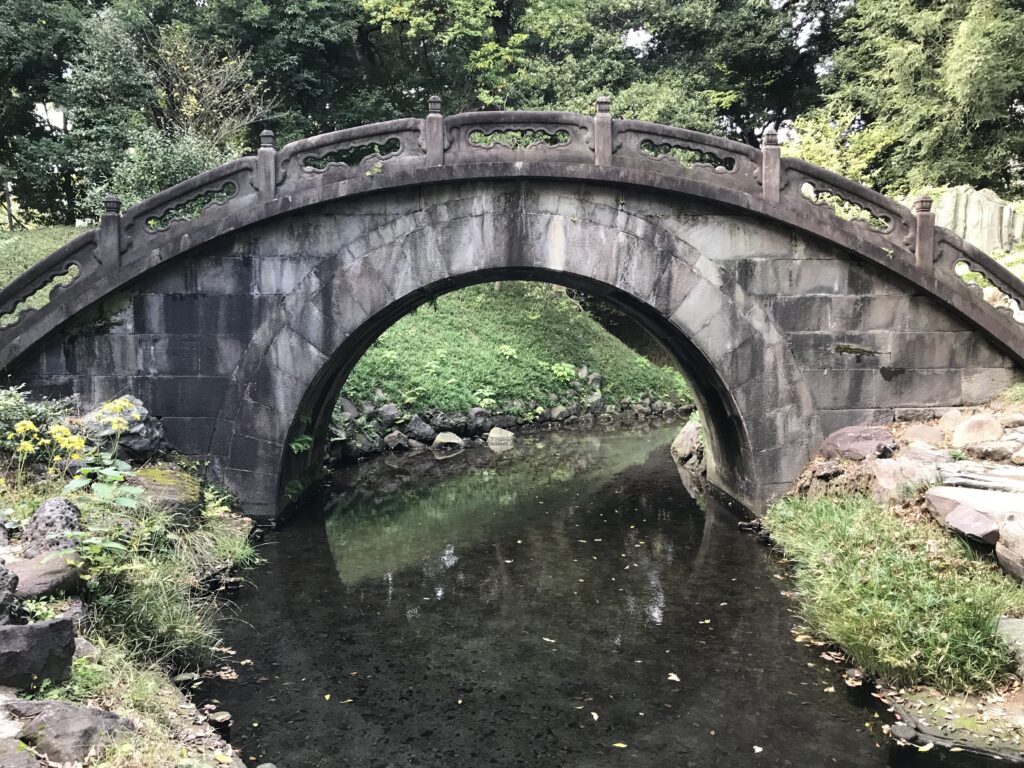
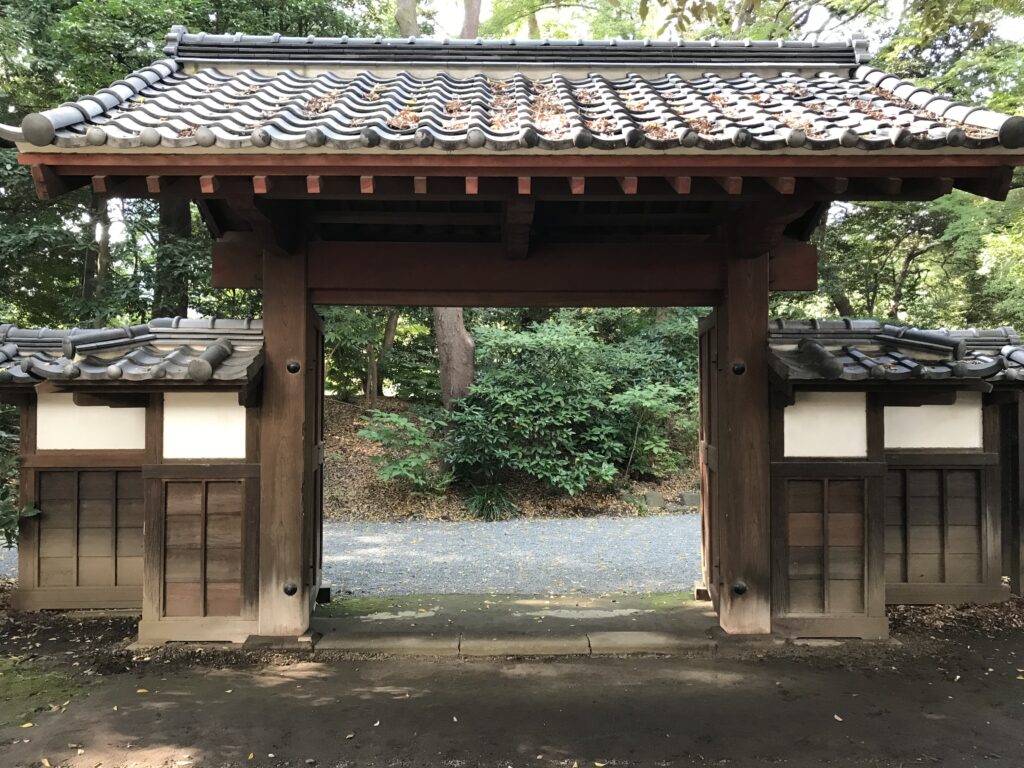
更に歩くと、水戸藩の書院があった場所に、内庭があります。個々にも小さな池があり、真ん中に島が作られています。対岸には唐門が見えます。この唐門から延段が続いています。自然石と切石を組み合わせた中国風の石段です。また、別の場所には、これとは異なるデザインの延段もありました。
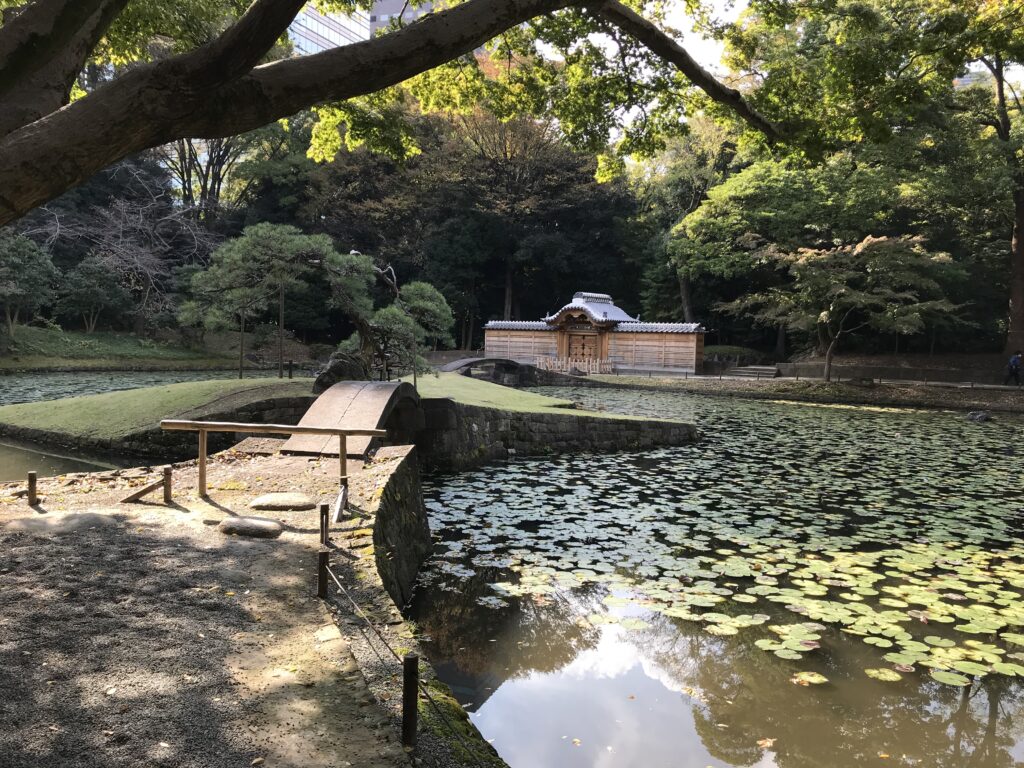
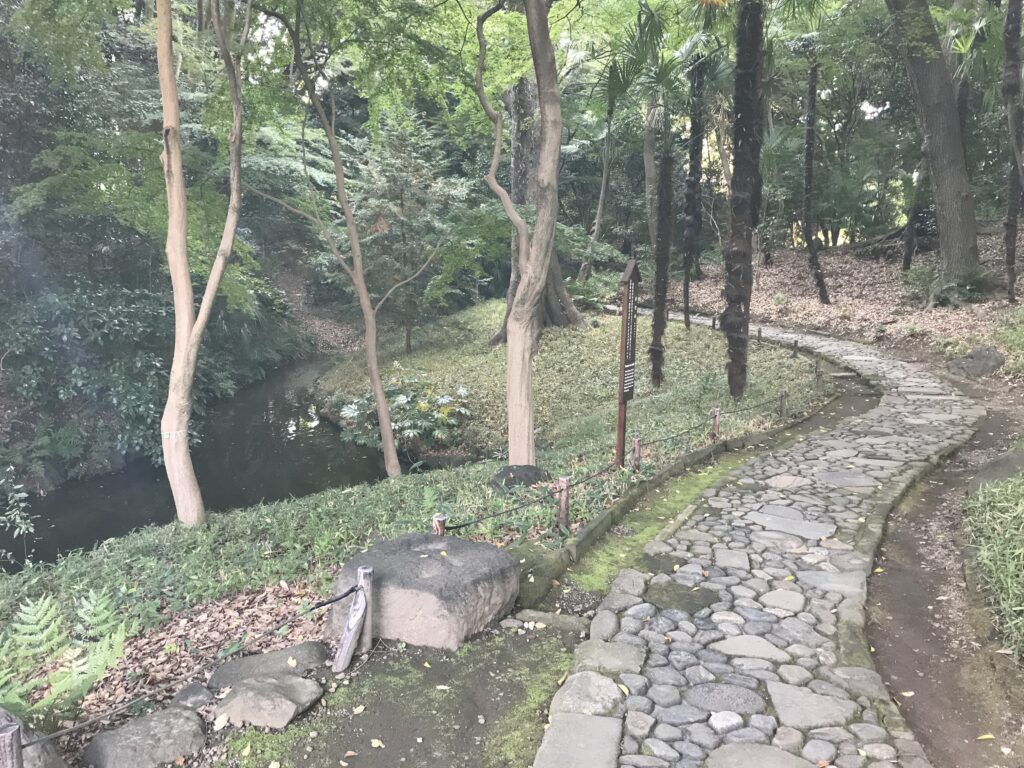
最期に、大きな池の中央に浮かぶ蓬莱島の手前に立つ徳大寺石を眺められる場所でベンチに腰掛けて、風景を眺めました。秋空の下、庭園が綺麗に水面に反写していました。(完)
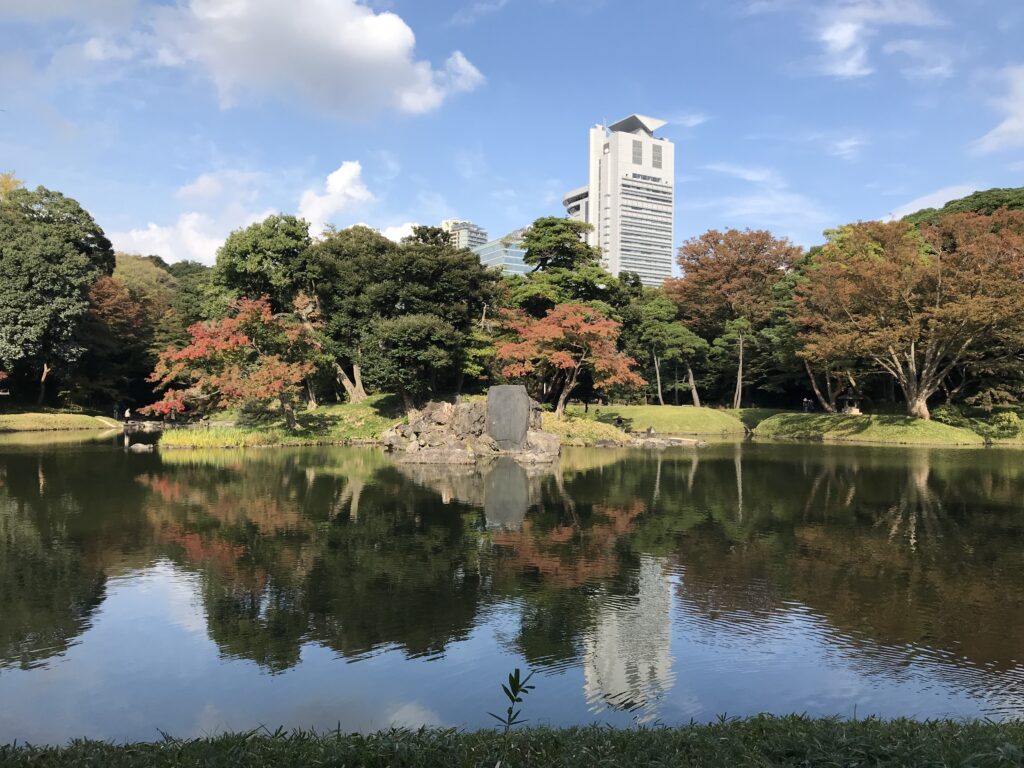
小石川後楽園が紹介されている書籍

見たい、知りたい!日本の庭園 写真と図解でわかる!「名園」の見方・楽しみ方 (知的生きかた文庫) [ ライフサイエンス ]
価格:759円
(2021/5/13 09:45時点)
感想(0件)
Koishikawa Korakuen Garden (Tokyo)
The entrance to Koishikawa Korakuen is a short walk from Iidabashi Station on the Oedo Line. It is a nice place for a leisurely stroll, although admission requires 300 yen. Since this garden is also a garden with a pond garden system, I decided to walk around the pond and see the devices and ingenuity that went into the garden.
This is where Yorifusa Tokugawa, the first lord of the Mito domain, built his middle house, and the garden is said to have been completed by Mitsukuni Tokugawa, the second lord of the domain. Japanese landscapes and Chinese landmarks are represented in the garden, so I walked around the garden, finding them as I went.
The first is the bank of West Lake. This is a reproduction of the famous embankment in Hangzhou, China. I have seen the real thing and the image overlaps with it. Next was the Tsuten Bridge. This is the bridge of Tofukuji Temple in Kyoto, and the autumn leaves of Tofukuji Temple seen from there are wonderful. Since it was still early in the season for autumn leaves when I visited Koishikawa Korakuen, there were no autumn leaves to be seen from the bridge.
After a short walk, I encountered Engetsu Bridge. This Chinese-style bridge is said to have been designed by Zhu Shunsui, a Confucian scholar of the Ming Dynasty. Walking further from there, I came to the Red Gate. The red color has faded considerably, but it is believed to have been painted red. This was the first time I had seen the Red Gate outside of the University of Tokyo.
Walking further, I came to the inner garden, where the Shoin of the Mito clan used to be. There is a small pond and an island in the center. On the other side of the river, you can see the Karamon Gate. From this Karamon gate, the En-dan (steps) continue. These Chinese-style stone steps are a combination of natural stone and hewn stone. At another location, there was another set of steps of a different design.
Finally, I sat on a bench at a place where I could see the Tokudaiji stone standing in front of Horai Island in the center of a large pond and admired the scenery. Under the autumn sky, the garden was beautifully reflected in the water. (End)
Jardin Koishikawa Korakuen
L’entrée de Koishikawa Korakuen se trouve à quelques pas de la station Iidabashi de la ligne Oedo. C’est un endroit agréable pour une promenade tranquille, bien que l’entrée nécessite 300 yens. Comme ce jardin est aussi un jardin avec un système de jardinage en étang, j’ai décidé de me promener autour de l’étang et de voir les dispositifs et l’ingéniosité qui ont été utilisés dans le jardin.
C’est ici que Yorifusa Tokugawa, le premier seigneur du domaine de Mito, a construit sa maison intermédiaire, et on dit que le jardin a été achevé par Mitsukuni Tokugawa, le deuxième seigneur du domaine. Des paysages japonais et des points de repère chinois sont représentés dans le jardin, j’ai donc fait le tour du jardin, les découvrant au fur et à mesure.
Le premier est la rive du lac de l’Ouest. Il s’agit d’une reproduction de la célèbre berge de Hangzhou, en Chine. J’ai vu la vraie chose et l’image s’y superpose. Ensuite, il y a eu le pont Tsuten. C’est le pont du temple Tofukuji à Kyoto, et les feuilles d’automne du temple Tofukuji vues de là sont magnifiques. Comme il était encore tôt dans la saison des feuilles d’automne lorsque j’ai visité Koishikawa Korakuen, il n’y avait pas de feuilles d’automne à voir depuis le pont.
Après une courte promenade, j’ai rencontré le pont Engetsu. Ce pont de style chinois aurait été conçu par Zhu Shunsui, un érudit confucéen de la dynastie Ming. En marchant plus loin, je suis arrivé à la Porte Rouge. La couleur rouge a considérablement pâli, mais on pense qu’elle a été peinte en rouge. C’était la première fois que je voyais la Porte Rouge en dehors de l’Université de Tokyo.
En continuant à marcher, je suis arrivé au jardin intérieur, où se trouvait autrefois le Shoin du clan Mito. Il y a un petit étang et une île au centre. De l’autre côté de la rivière, on peut voir la porte Karamon. De cette porte Karamon, les En-dan (marches) continuent. Ces marches en pierre de style chinois sont une combinaison de pierre naturelle et de pierre taillée. À un autre endroit, il y avait un autre ensemble de marches d’un design différent.
Enfin, je me suis assis sur un banc à un endroit d’où je pouvais voir la pierre Tokudaiji devant l’île Horai au centre d’un grand étang et j’ai admiré le paysage. Sous le ciel d’automne, le jardin se reflétait magnifiquement dans l’eau. (Fin)
